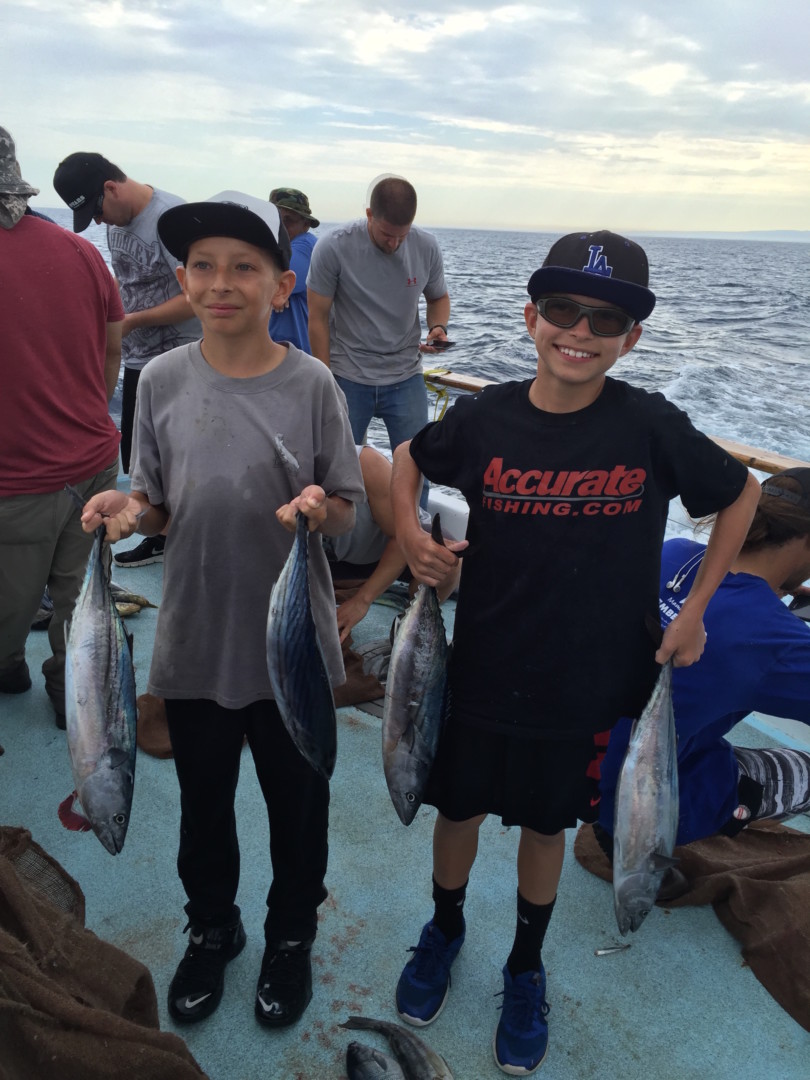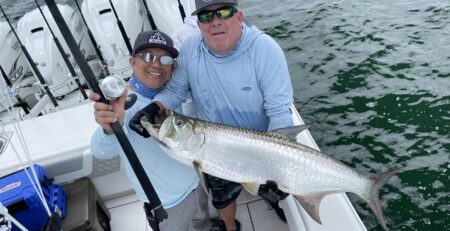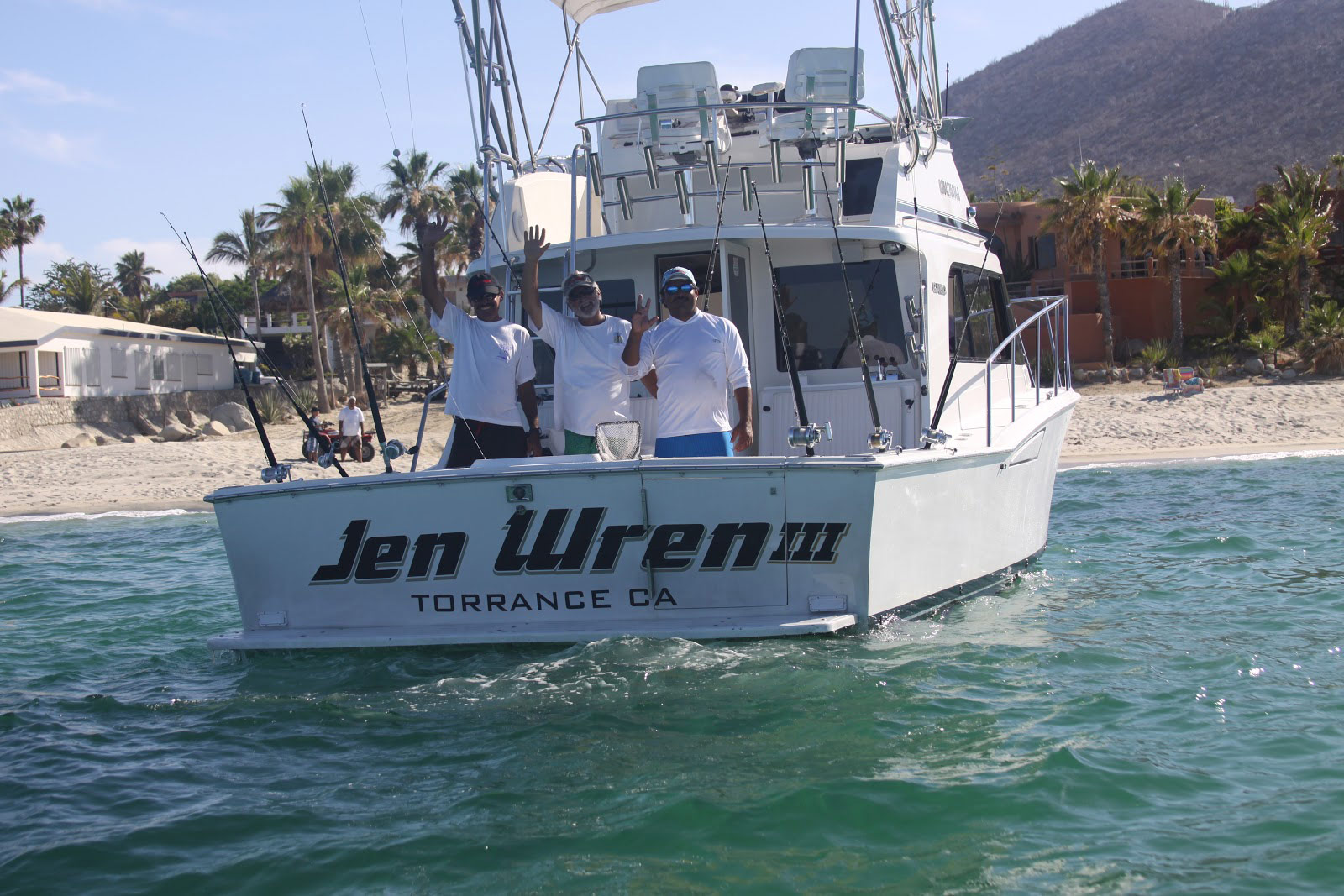Slow Pitch Jigging in South Florida/Dry Tortugas
Slow pitch jigging is a relatively new fishing technique pioneered in Japan that expands, and hyper-specializes, saltwater lure fishing. Let’s not kid ourselves, jig fishing has been around for years and years, and the obvious question is “why is slow pitch jigging special?” The answer is simple: it’s amazingly effective for nearly every fish that swims – especially in South Florida’s rich and productive Dry Tortugas/Pulley Ridge.
Located approximately 100-150 miles west of Key West, the Dry Tortugas and Pulley Ridge are a dream destination for most, with an enormous array of species and depths to fish. From trophy mutton snapper in 80ft of water to hard fighting grouper in 600ft, these pristine fisheries are a prime location for slow pitch jigging.

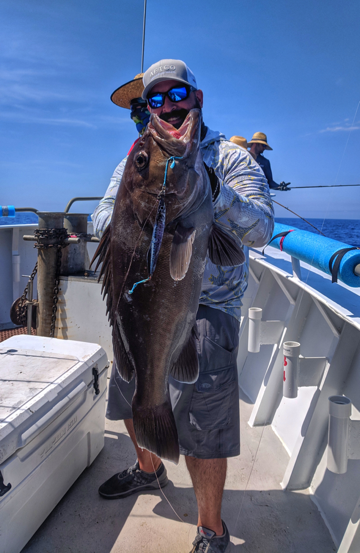
Years ago, when we first began fishing slow pitch jigs in the Dry Tortugas, we would often face ridicule for how our tackle looked. We’d show up with little skinny rods and small reels targeting big fish. Next to us on the rail would be telephone poles with massive reels and heavy line. Once the fish tally was complete at the dock, the ridicule often changed to a much different conversation.

Now, the job of the rod is simply to impart an action on the jig which is no light task – especially when fishing on the bottom in 700ft of water. But, an equally important part of the equation is the reel – because it is the primary tool for fighting the fish.
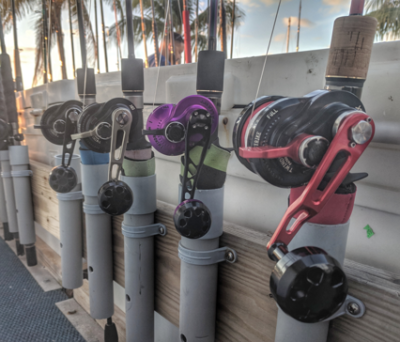
As a general rule, the ideal reel for slow pitch jigging will have between 38 and 46 inches of retrieve per handle turn. Why is the handle turn important? Well, for one, that’s where slow pitch jigging gets its name. One full handle turn is known as a pitch. So, by definition, slow pitch jigging is jigging with slow handle-turns. By having between 38 and 46 inches per turn of the handle, slack is quickly wound out of the line, and the angler can play with quarter turns, third turns, half turns – the possibilities are endless – which all cause the jig to make different actions in the water. Generally, ideal retrieve rates are generally a 5:1 to 6:1 ratio, with some notable exceptions. A two-speed reel is an option for some anglers that want low gear power, but level wind reels are unnecessary and just have more parts to break. A standard conventional reel is ideal.
Now, after fishing nearly every model of reel on the market, the absolute best reels that I have used for the types of monsters found in the Dry Tortugas and Pulley Ridge are made by Accurate. Why? Well, for one they’re American made. That means a lot to me. It also means that I don’t have to send my reel halfway across the globe to get serviced. The second reason is performance. Accurate reels have a precise drag curve that begins the second the drag lever is engaged. This means that the angler can precisely manipulate the drag as necessary while fighting a fish. Need to back the drag down? Take a few clicks off of strike. Need some more stopping power? Push her straight up to full. Many of the available lever drags on the market do not have this type of drag curve – but instead – once you back off of strike, all bets are off. The angler is left with substantially less drag than what is needed for the fight, which can cause disastrous results, and the loss of a fish.
Lastly, Accurate makes bulletproof products. With the shear stress of use cause by jigging, you need a product that will be reliable day in and day out and is easy to maintain. When you’re 150 miles offshore, there’s not exactly a tackle store nearby if something goes wrong – so it’s vitally important to have gear you can count on. Plus, when you have a 15oz reel in the Valiant 500n that puts out over 30lbs of drag, and holds over 500 yards of 30lb braid – I really don’t know what else you could want. One reel can fish from 80ft of water to 800ft of water. I even used my 500n to put the brakes on this monster queen snapper in Pulley Ridge in 750ft of water, jigging on the bottom:
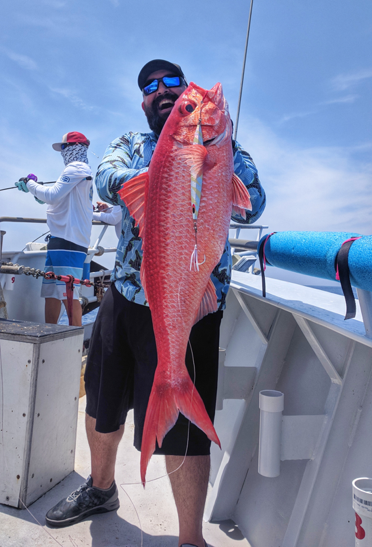
When shopping for jigs, you’ll find that they come in short and fat to long and lean, and everything in between. But what do you use and when do you use it? The quick answer is there is no substitution for time on the water. But, the most important factor for jig selection is what jig will keep you the most vertical in the conditions you are facing, and learning how your jig falls in the water has a huge impact. Some jigs have long back-sliding action. Some fall like a leaf from a tree. Some wobble, and some spiral. And, some jigs have hydrodynamic properties that will allow them to stay vertical longer than others, particularly if you are fishing from a drifting boat.
As a general rule of thumb, one gram of jig weight for each foot of depth. However, this can vary wildly. Again, the goal is to keep vertical. It matters little the size of the jig, as fish do not seem to discriminate. I’ve had little tiny fish hit jigs twice as long as them, and had great big fish snatch a very small jig. It’s the action, not what it is.
Here’s an example of the variety of shapes and weights of jigs that I will bring on a multi-day trip:

Jigs are generally rigged with two upper hooks and two lower hooks unless fishing very deep. Hook sizes range from very small, to a little bigger than very small. Generally, I use a 3/0 or 4/0 hook. The multiple hooks act as a trap, and help relieve the pressure of any one hook from straightening. Here is my standard rigging setup that I will use in the Dry Tortugas:
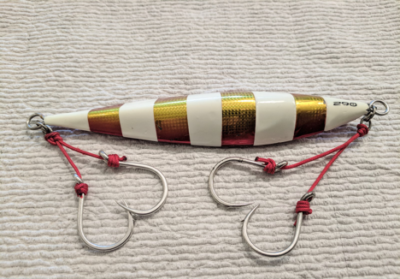
And yes, even though these hooks are small, they are strong. As an example of their strength, I was able to nab this respectable amberjack on this exact setup with my Valiant 500n:
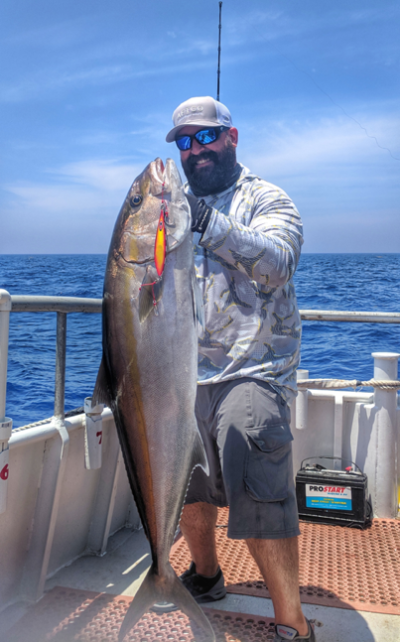
As you can see, there are a couple of unique things about this rigging. First, I’m using micro paracord as my assist line, 125lb test. I tie it to the jig with a simple 3 turn snell. I use a Palomar knot to attach the solid ring to the assist hooks. The process looks like this:
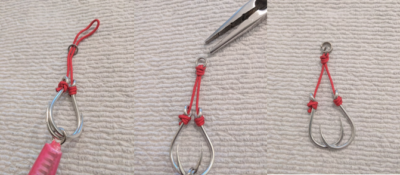
You may also note that my rear hooks are slightly longer than my front. Generally, I try to rig the top hooks to be ⅓ of the jig’s length, and the rear hooks approximately ⅔’s. It is very important to make sure your hooks do not overlap on the jig or they will foul up. You don’t want to have to reel up because your hooks got connected.
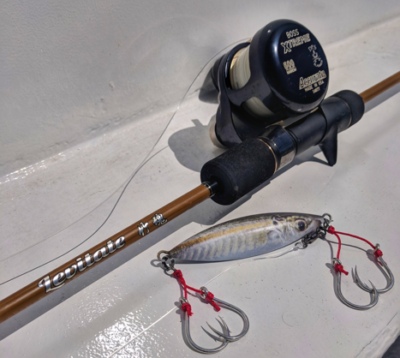
When the smoke clears at the end of your multi-day adventure in the Dry Tortugas and Pulley Ridge, you’ll likely find that even an average trip there will be a massive producer. Accurate reels have proven to be an indispensable part of the equation when chasing trophy fish, for their reliability, power, light weight and capacity.
Benny Ortiz, South Florida | Accurate Prostaff
 Custom Color Reels
Custom Color Reels
